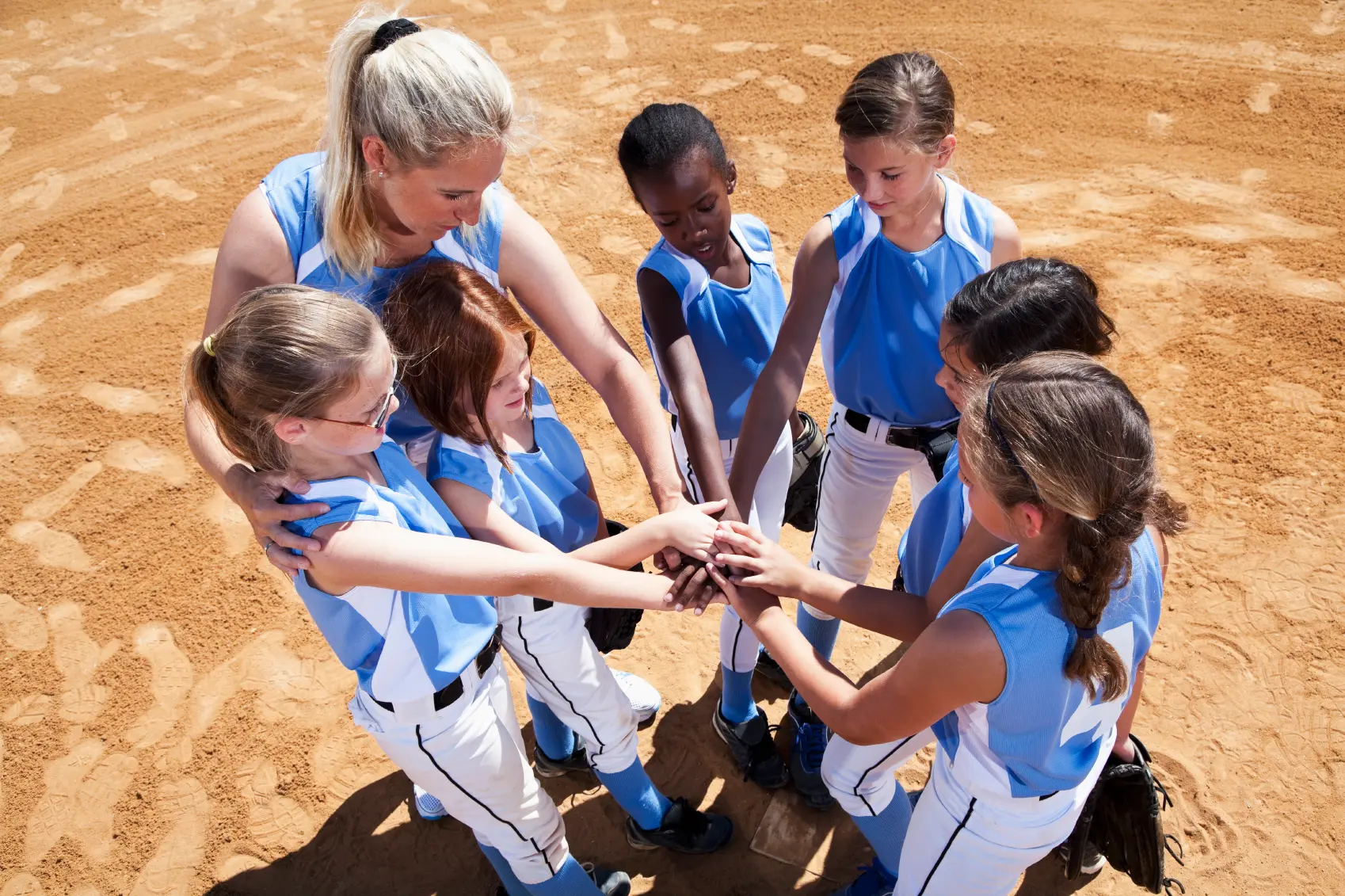
3 National Brands That Built Massive Campaigns Around Girls in Sports
Posted in:
At 14-years-old, girls are dropping out of sports at two times the rate of boys. There are many reasons why girls are more likely to drop out of sports, including cost, social stigma, decreased quality of experience, and lack of positive role models. What if brands could play more of a role in keeping girls in sports?
As the FIFA Women’s World Cup comes to a close, there’s one thing that is apparent: Significant media coverage and marketing dollars are being put towards supporting professional women’s sports.
In 2022, professional women’s sports sponsorships grew 20% YoY, according to SponsorUnited. Google announced a multi-year partnership with The Athletic which promised to double the coverage of women’s sports with a focus on soccer and women’s professional basketball. Ally Financial’s multimillion-dollar deal across ESPN networks came with a commitment that 90% of its media dollars would focus on women’s sports.
These are just a few of the milestones that made a splash last year, but where does women’s sports fandom and interest brew from?
Youth sports, girls in sports, and committed coaches and families
Investing in women’s sports begins with an investment in the young girls who are the fans that fill the women’s professional sports league’s stadiums. These girls are willing to stand in long lines for an autograph by their favorite player and are typically putting their role model’s jersey on their birthday wish list.
Brands have been identifying and tackling the issues that are causing girls to drop out of sports at a higher rate than boys.
Many girls drop out of sports because they don’t have a coaching figure that is relatable or like them.
The Aspen Institute’s Project Play found that how girls are coached matters even more than who coaches. Another factor contributing to girls dropping out of sports is low body confidence and fear of judgement. 41 % of girls ages 11-to-16 use these factors as a reason to not participate in sports. One area where brands can help here is by providing appropriate gear and products to make girls feel good in their own skin.
ELF Cosmetics has challenged the beauty industry for girls with their newest inspirational series Show Your best e.l.f [self] campaign. To kick off the campaign, e.l.f featured 19-year-old Gold medal-winning Paralympic swimmer, Anastasia Pagonis.
In support of Anastasia’s hope to help lift others, e.l.f. is donating $75,000 to one of Anastasia’s favorite organizations, The Hidden Opponent, a nonprofit that raises awareness for student-athlete mental health. This is part of e.l.f. ‘s plans to donate 2% of our prior year profits to drive positive impact in our communities annually.
While cosmetics aren’t necessarily gear, this campaign’s initiative is tied to lifting up girls and raising awareness for student-athlete mental health.
Nike is another example of a brand getting involved in providing gear, but also educating and providing coaches for girls.
Nike launched a campaign to educate coaches on gender bias
In March, Nike launched Coaching HER in partnership with Tucker Center for Research on Girls & Women in Sport. This digital resource was made to help coaches, of all genders, improve their understanding of discrimination in sport as well as gendered bias.
Coaching HER encourages all coaches, regardless of gender, to give girls the chance to continue developing their character and learning life lessons from sport, and offers detailed training for coaches on how to lead girls and young women in sports.
Nike’s goal is to achieve 50% girl participation in the sport-based community programs it supports by 2025. “We’re trying to train 20,000 female coaches, moms and other former athletes to be coaches to promote youth, CEO John Donahoe said. According to the Aspen Institute’s Project Play, nearly 75% of youth head coaches are men.
Athleta invests in female athletes that also help young girls build confidence
In 2019, Allyson Felix became Athleta’s first-ever sponsored athlete. In 2022, Felix launched her fourth collection with Athleta. This collection is designed to make women and girls feel confident in a variety of everyday activities.
Our values just really align and even other initiatives to work on that are going to support and empower women and girls, are all things that are really close to my heart, Felix said in an interview with People Magazine.
Athleta Girl has items in colors that are trending amongst young female athletes like a sunset glow, magnolia white, and eucalyptus olive.
Investing in women and girls sports is a win-win for brands and sports communities. Brands that focus on girls staying in the game, more qualified female coaches, appropriate gear, and access to play will see their focus resonate with the professional female athletes that never had the same opportunity. Women’s sports has a trailblazing effect unlike any other, where the women at the top are proud to do it for the girls coming after them.
[Fans of women’s sports] watch longer; they’re more brand loyal. They’re a deeper consumer than the sort of casual men’s fan, said Angela Ruggiero, IOC Executive Board Member.
Brands, you can join their team.
This movement is happening at the highest levels of sport. One of the most important sporting events of the upcoming year, the 2024 Paris Olympics, is achieving gender parity on the field of play for the first time ever. Brands are clamoring to participate, with the games already securing over 1.1 Billion in sponsorship agreements.
TeamSnap for Brands connects brands with youth sports through its network of 20,000+ youth sports organizations and 25 Million authenticated users of the TeamSnap app.
